dp0609 - FEP - Universidade do Porto
dp0609 - FEP - Universidade do Porto
dp0609 - FEP - Universidade do Porto
You also want an ePaper? Increase the reach of your titles
YUMPU automatically turns print PDFs into web optimized ePapers that Google loves.
In our model we also introduced a number of control variables<br />
designed to account for other influences which have been reported in the<br />
literature that can impact on the probability that a firm is issued a modified<br />
opinion. These are associated to firm characteristics like size, financial health,<br />
profitability and expected growth (e.g., Bartov et al., 2000; Bradshaw et al.,<br />
2001; Nelson et al., 2002; Ruiz-Barbadillo et al., 2004).<br />
The log of total assets (LASSETS) seeks to control the influence of<br />
client size. This might affect the nature of an auditor’s opinion as client size<br />
can create an economic dependence that can reduce the likelihood that a<br />
modified opinion is issued (e.g., Nelson et al., 2002). On the other hand,<br />
Reynolds and Francis (2001) find evidence that a more conservative posture<br />
by auditors is associated with larger clients, suggesting that given the greater<br />
litigation risk of such clients, the auditor will be concerned about protecting his<br />
reputation and may therefore be more cautious. Accordingly we leave the<br />
expected sign as an open question.<br />
The LOSS variable aims to test the hypothesis that if a company<br />
reports consecutive losses this will be likely to have an impact on the auditor’s<br />
opinion. As with the ER (equity-to-assets ratio) variable, the purpose is to<br />
capture the financial health of the auditor’s client. Companies that report<br />
consecutive losses or which have a low equity-to-assets ratio will be<br />
characterized by greater financial risks and even its going-concern<br />
assumption might sometimes be at stake. Under those circumstances, the<br />
firms might engage in aggressive accounting practices that could reduce the<br />
visibility of those risks or avoid the violation of debt covenants (e.g., Defond e<br />
Jiambalvo, 1994). In addition, if those companies bring greater litigation risks<br />
to auditors (e.g., Heninger, 2001), greater care will be put into the auditing<br />
process so that the auditor will be more likely to issue a modified opinion<br />
regarding any aggressive accounting practices or going-concern risks.<br />
In accordance with the above hypothesis, Bartov (2000) finds evidence<br />
that companies being issued qualified opinions are typically characterized by<br />
higher long-term debt ratios than firms with “clean” opinions.<br />
We therefore expect that financial health indicators will have a negative<br />
impact on the probability that a firm is issued a modified opinion so that in our<br />
model a positive sign is expected for LOSS and a negative one for ER.<br />
15




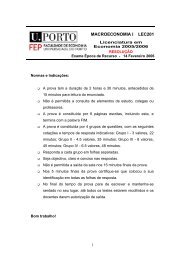
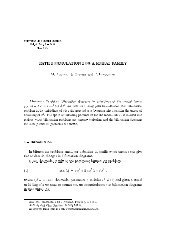
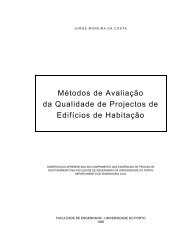

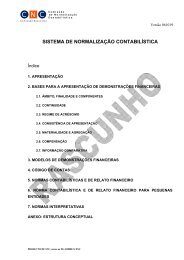

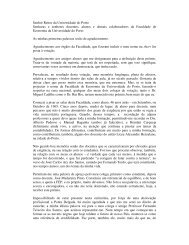
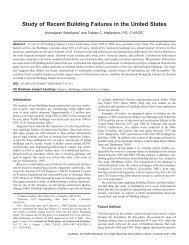
![Republica [Popular] de Moçambique. As Alterações Toponímicas e ...](https://img.yumpu.com/20789614/1/184x260/republica-popular-de-mocambique-as-alteracoes-toponimicas-e-.jpg?quality=85)




